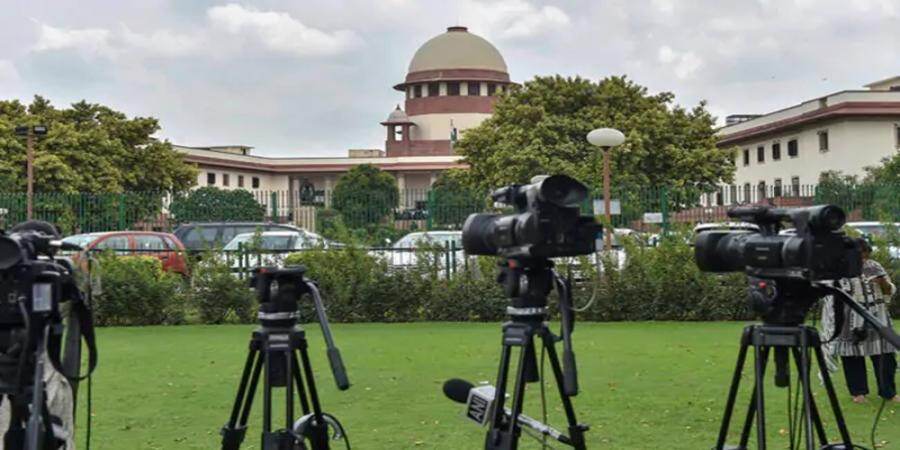Moving with the times

Once again the topic of the Indian media's right to cover court proceedings has come out on to the public forum. This time it is in regards to the plea made by the Election Commission for the SC to stop the media from reporting the oral remarks of judges. The EC's plea specifically called for restricting media coverage of court cases to reporting only on court orders and judgments. The plea emerged in relation to the incendiary remarks made by the Madras High Court against the EC. Commenting on the EC's possible role in the ongoing Covid surge in the nation, the Madras High Court had held the election body as "singularly responsible" for the outbreak while stating that EC officials should be booked for murder. Commenting on the whole affair, the Supreme Court praised the various high courts of the nation for their foresight in managing the current public health crisis. The SC did, however, remark that it sees the comments made by Madras HC as excessive. Even still, the SC ruled that it would not expunge the strong remarks made and would not stop media houses from reporting on oral arguments and remarks made by judges. The idea is for the judges themselves to keep from making 'off the cuff remarks'. The SC reacted particularly strongly to the idea of gagging the media and limiting its freedom to report on court proceedings. The media, as per the court, discharges an important function while also bringing vitality to democracy. Significantly, the court spoke of live updates to ongoing cases. It said that in the absence of live-streaming and archival of court proceedings, journalists use of social media to provide live updates to cases is invaluable and a virtual extension of the idea of an open court. Media coverage of court cases has been denied for many years on a variety of grounds — to protect the rights of the accused, to prevent misinterpretation of arguments made during the case, to prevent reporting of volatile decisions from causing public unrest, etc. The SC, however, holds that this new age of openness and instant communication is not to be feared but embraced. It is "a celebration of our constitutional ethos which bolsters the integrity of the judiciary by focusing attention on its functions". India is not alone in struggling with the role of media coverage in regards to courtroom proceedings. The UK SC only allowed television coverage of its proceedings in 2011. The US SC continues to prohibit any kind of images or videos being taken of court proceedings. This rule generally extends to lower courts as well though some allow for the court proceedings to be recorded as audio streams. As the Indian SC has indicated, the use of such restrictions in the modern day is problematic. In its 31 page judgment of the EC case, the SC noted that rapid advances in technology have changed how court proceedings are recorded. The advent of a digital age when children are taught digital competency at a young age means that social media platforms will inevitably become a major source of news for the younger generation. Hence, these new forms of 'instant' media must be allowed to report on the courts without restrictions. One of the lines of the judgements gave this advice as well - "Acceptance of a new reality is the surest way of adapting to it. Our public constitutional institutions must find better responses than to complain". The court furthermore pointed to how many foreign courts had used the disruptions caused by the pandemic to judicial proceedings as a way of transitioning to live streams of their cases. The Gujarat High Court was highlighted as a domestic example of this practice, which live streams its proceedings on YouTube. In a previous instance, the SC had even mooted the idea of an all India channel for broadcasting court cases live on TV along the lines of Sansad TV.



